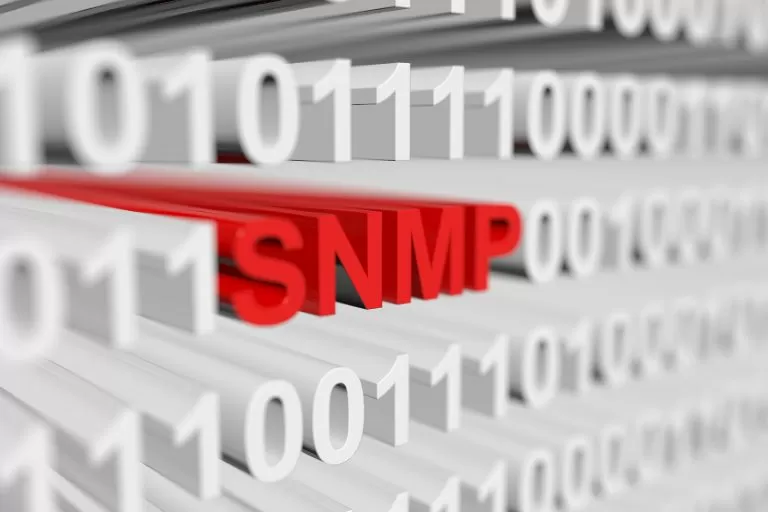Check out our White Paper Series!
A complete library of helpful advice and survival guides for every aspect of system monitoring and control.
1-800-693-0351
Have a specific question? Ask our team of expert engineers and get a specific answer!
Sign up for the next DPS Factory Training!

Whether you're new to our equipment or you've used it for years, DPS factory training is the best way to get more from your monitoring.
Reserve Your Seat Today
Companies with large physical footprints regularly contend with legacy equipment. Simply put, companies usually last longer than equipment. Every year, some new equipment is phased in and old equipment is phased out, on a rolling basis.
In the era of modern communications technology, that means that older equipment may communicate using different protocols than newer equipment. Equipment from different manufacturers may also only communicate using a proprietary protocol, impeding the installation of different equipment.
Without a way to bridge the communication gap, companies may have to replace all older equipment at once, increasing conversion costs. However, by installing equipment that can convert various communication protocols to SNMP, companies can continue to use older equipment as long as it remains functional. This simplifies equipment updates, reducing disruption and saving money.
Monitoring systems, used in telecom, railways, oil & gas, manufacturing, and utilities, rely on SCADA (Supervisory Control and Data Acquisition) systems. SCADA systems allow remote monitoring and control of equipment over large geographical areas.
Remote monitoring devices within a SCADA system can monitor environmental conditions, control generators, or HVAC systems, and even interface with smart traffic grids.
In order for SCADA systems to work, sensors and control relays must be able to communicate with the system's human-machine interface. Remote terminal units (RTUs) serve as an intermediary. RTUs receive data from attached sensors and transmit it to master stations using SNMP protocols.
While RTUs may report individually, monitoring more than a few nodes this way becomes quickly over-complicated. In this case, RTUs transmit alerts or traps to master stations.
Traps are sent when a sensor reading breaches a preset threshold, alerting employees to the condition. For large networks, multiple master stations can transmit to a single top-level master. The highest-level master displays all the data at once on a central computer screen or via an SNMP manager. This provides regional or national visibility into specific remote site conditions.
The trouble lies in older devices. If they can't communicate with the master station, then their data isn't accessible. Legacy devices from manufacturers such as Badger, Cordell, Granger, Larse, NEC, Pulsecom, and Teltrac may only speak proprietary languages.
Dozens of languages may be in use, including ASCII, DCP, DCPF, DCPX, DNP3, E2A, TABS, TBOS, TL1, and of course, SNMP. The wide variety of different communication protocols provided some of the initial need for a simple, common protocol like SNMP.
To interpret data, remote terminal units must be specifically configured to interpret the language the device transmits in.
If the device transmits directly to the master station, then the master station must be configured to interpret the information. With the right RTU and master station, older devices can continue to provide data and value.
When choosing RTUs and master stations, ensure that the model selected will communicate with legacy equipment already on site. During installation, the devices must be configured to communicate with each other.
If data is visible to company employees, it may be visible to others as well. Connecting sensors and control relays for visibility increases your security risk. Data sent over the public internet using wireless connections can be exposed to vulnerabilities.
Most remote monitoring networks, unless connected entirely using fiber optics, transmit data via wireless. This data can provide malicious actors that violators can use to harm company property or operations. If connected to control relays, hackers can gain control of critical systems. For this reason, master stations transmit using SNMPv3.
SNMPv3 is an encrypted version of SNMP. It has the same simple communication functions of SNMPv2, Get, GetNext, GetBulk, Set, Inform, and Trap. But it provides a layer of security that SNMPv2 does not.
Master stations providing access via wireless connections must use SNMPv3, even if the information they receive over local networks comes in SNMPv2, MODBUS, or another protocol. Installing master stations that can provide encrypted SNMPv3 communications significantly reduces risk and is a necessary upgrade for unencrypted legacy systems.
Converting legacy monitoring systems to SNMP comes down to installing RTUs and master stations which can interpret outdated or proprietary protocols. Doing so maximizes the value of existing monitoring systems by extending the lifespan of older equipment. It improves network visibility and security through SNMPv3 protocol. Consult with a reliable manufacturer to find the ideal RTUs and master stations to modernize your remote monitoring systems.
DPS Telecom worked with legacy systems when they were new. Our technicians can choose and install the RTUs and master stations you need to convert to SNMP. To find out more, get a quote today!
Image courtesy Shutterstock